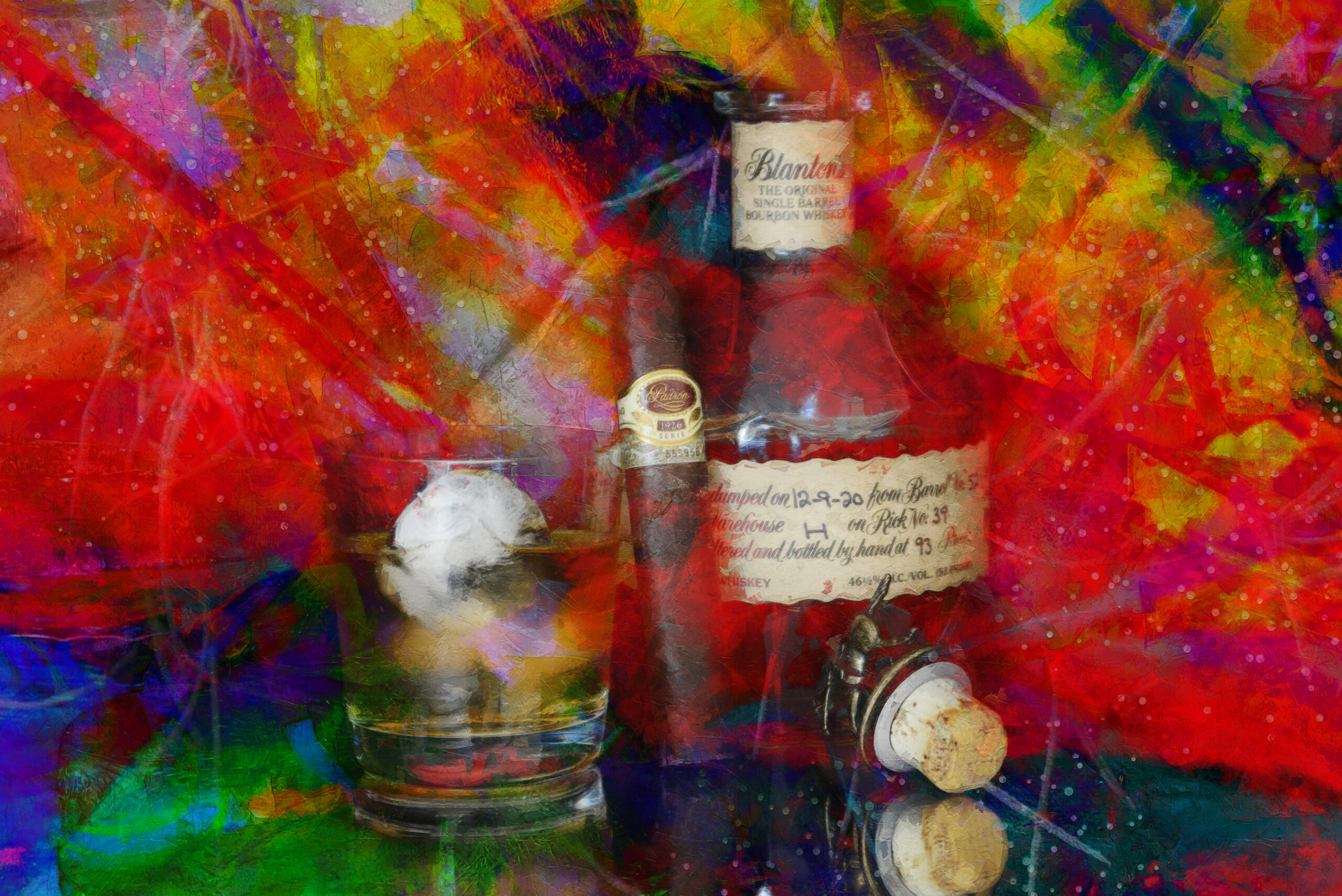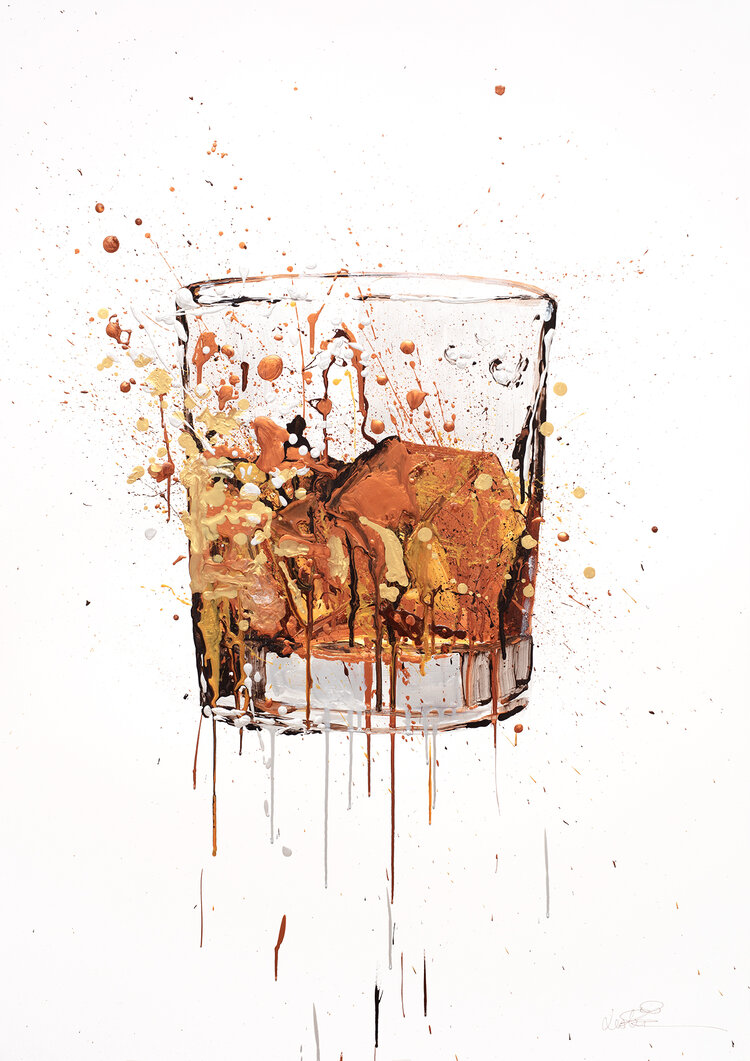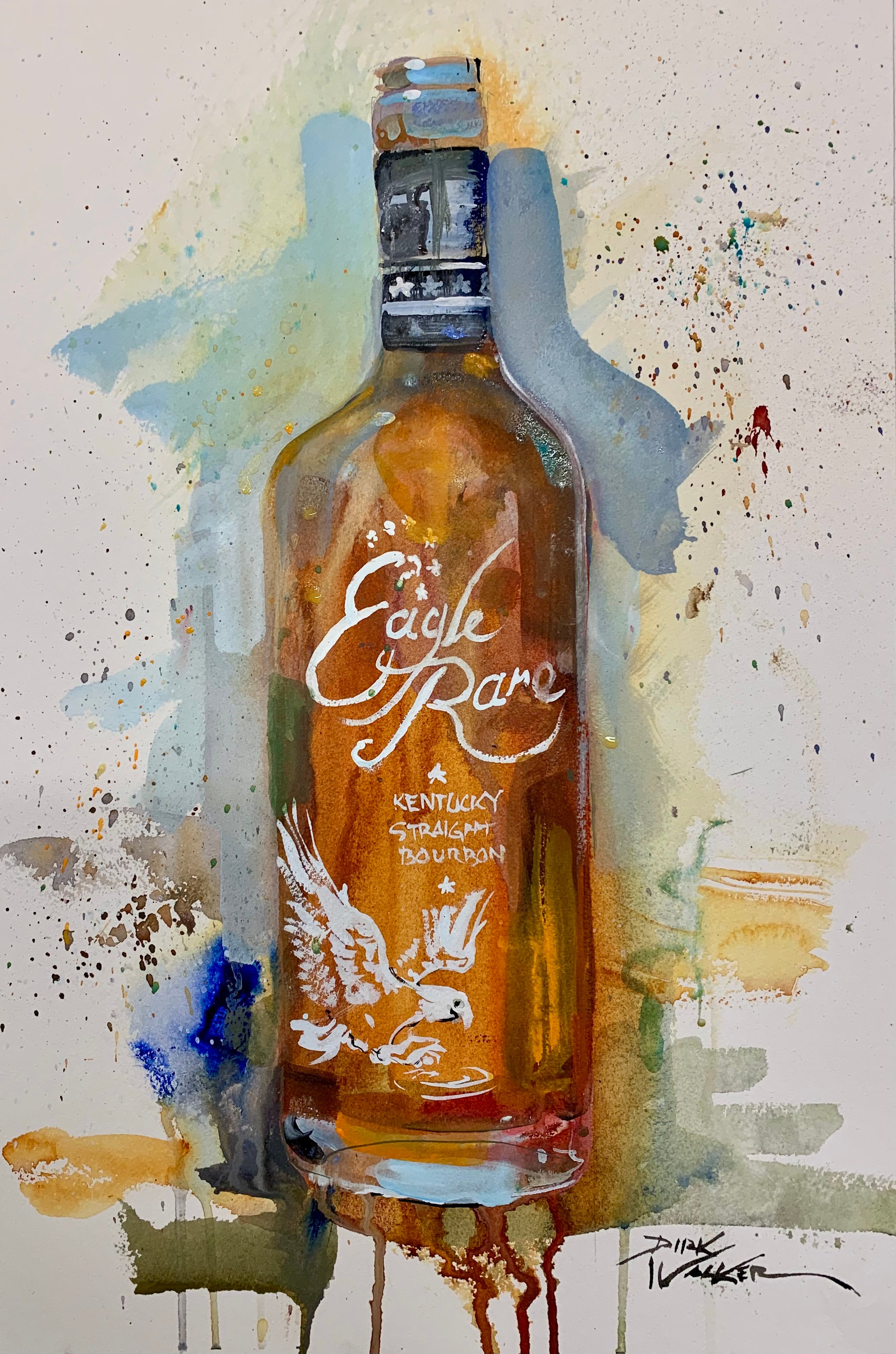Limited Edition Bourbon Art: Why Collectors Are Crowding to Distinct Finds
The Importance of Whiskey Art in Celebrating Heritage and Workmanship in the Beverage Industry
The elaborate connection between scotch art and the celebration of heritage and workmanship within the beverage industry can not be overstated. With attentively made labels and bottles, scotch brand names envelop their historical origins and the artisanal skills that specify their production methods.
The Historical Roots of Whiskey
At the heart of scotch's attraction lies an abundant tapestry of historical origins that trace back to ancient people. The beginnings of scotch can be linked to the purification methods of the Sumerians and Babylonians around 2000 BCE, where very early kinds of fermented grain beverages started to emerge. Nonetheless, it was in the Middle Ages that the art of purification evolved dramatically, particularly in Ireland and Scotland, resulting in the creation of scotch as we know it today.
The term "whiskey" itself originates from the Gaelic word "uisce beatha," meaning "water of life." This phrase emphasizes the cultural importance of whiskey in Celtic societies, where it was frequently connected with routines, events, and common bonding. By the 15th century, purification came to be an identified craft within monastic areas, leading the way for the establishment of lawful distilleries.
As trade paths expanded, scotch's popularity grew, going beyond regional borders and capturing the passion of lovers worldwide. Limited Edition. This historical journey reflects not just the workmanship behind whiskey manufacturing however additionally its important function in social and social contexts, noting it as a substantial drink throughout background
Artistic Expression in Branding
Scotch branding stands as a compelling junction of creativity and commerce, where visual identity plays an essential duty in shaping customer understanding. The visual appeals of whiskey tags, packaging, and advertising and marketing materials show not only the brand name's tale however likewise its core values and heritage. With artistic expression, distilleries convey a narrative that reverberates with customers, stimulating feelings and stimulating links.
The usage of color, typography, and imagery in branding serves to differentiate items in a saturated market. Typical concepts may evoke a sense of authenticity and craftsmanship, while contemporary styles can symbolize advancement and forward-thinking. This critical creative instructions boosts brand name recognition and loyalty, permitting customers to build a personal connection with the bourbon they select.
Furthermore, imaginative expression in branding often functions as an event of local heritage. Distilleries frequently integrate regional icons or historic recommendations into their layouts, creating a local color that invites consumers to take part in a wider cultural experience. Inevitably, the virtuosity behind bourbon branding not just enhances visual appeal however additionally enriches the overall story of the brand name, cultivating a deeper appreciation for the workmanship and heritage embedded in each bottle.
Craftsmanship in Container Design
The virtuosity apparent in bourbon branding expands past aesthetic identification to include the workmanship associated with bottle layout. Each container acts as a vessel not just for the spirit within, however likewise for the tale it tells regarding its practice, top quality, and origin. The style process calls for thorough attention to information, as components such as material, shape, and closure add substantially to the general perception of the scotch.
Workmanship in container style involves selecting high-grade glass that can boost the whiskey's color and clarity, while also supplying a tactile experience for the customer. The silhouette of the bottle need to be both cosmetically attractive and useful, often reflecting the heritage of the brand name. Numerous distilleries go with special forms or printed logos that evoke a sense of authenticity and history.
In addition, the tag design and typography play an essential duty in connecting the brand name's narrative. Bourbon Art. A well-crafted container not just captivates the consumer's eye yet Go Here also strengthens the brand's commitment to top quality and tradition. This way, the workmanship of container design ends up being an important element of the bourbon experience, merging artistry with a profound regard for heritage
Cultural Significance of Bourbon Art
Celebrating practice and craftsmanship, the social significance of whiskey art goes beyond simple aesthetic appeals, intertwining with the social and historical narratives of the areas where it stems. Each container serves as a canvas, showing the unique tales, mythology, and customs that have formed neighborhood whiskey-making techniques. The detailed designs often reflect the heritage of the distillers, including icons and motifs that resonate with the culture and worths of their communities.

In enhancement, whiskey art browse around this web-site plays an essential function in communal gatherings and events, acting as a tangible web link between people and their shared experiences. By valuing the virtuosity in whiskey product packaging, consumers cultivate a deeper understanding and respect for the craft, ultimately enhancing their satisfaction of the beverage itself.
Modern Trends in Whiskey Discussion
In recent years, the discussion of scotch has progressed to mirror modern preferences and trends while still recognizing typical craftsmanship - Bourbon Art. Distilleries are increasingly concentrating on visual components that boost the general alcohol consumption experience, linking the void in between heritage and modernity
Cutting-edge container styles have actually emerged, commonly integrating lasting products and artistic tags that inform engaging tales. Numerous brand names currently team up with regional musicians, instilling their items with distinct aesthetic expressions that reverberate with customers. Furthermore, limited-edition launches are often packaged in collectible containers, adding worth and appeal for aficionados.

Final Thought
Finally, whiskey art serves as an essential channel for sharing the heritage and workmanship integral in the beverage industry. Through complex branding, ingenious bottle layouts, and culturally substantial imaginative components, scotch brand names successfully recognize their practices and get in touch with consumers. This creative narrative not just boosts the gratitude of whiskey but additionally strengthens area identification and satisfaction among manufacturers. Inevitably, whiskey art plays an essential role in preserving and celebrating the rich social tapestry of whiskey-making.


Workmanship in container layout includes selecting top quality glass that can enhance the whiskey's shade and clarity, while additionally offering a responsive experience for the customer. In this method, the craftsmanship of bottle layout ends up being an essential element of the whiskey experience, merging artistry with a profound respect for heritage.
In final thought, bourbon art offers as an important conduit for sharing the heritage and craftsmanship inherent in the drink sector.